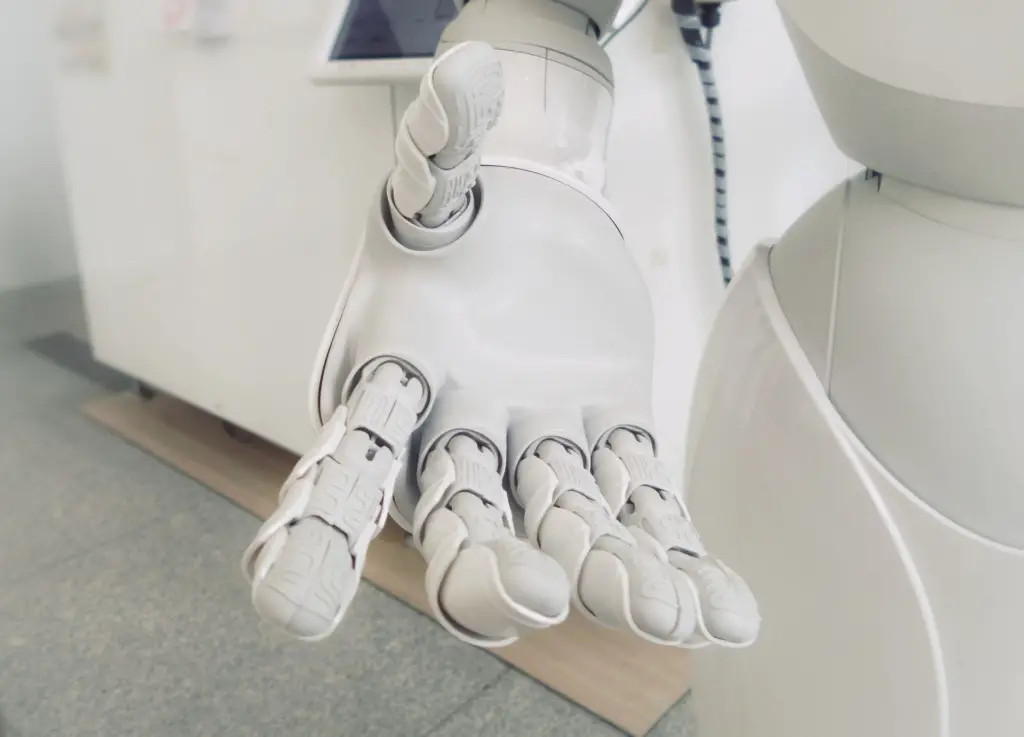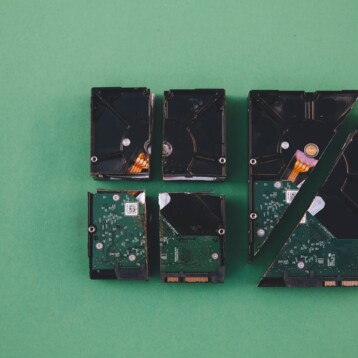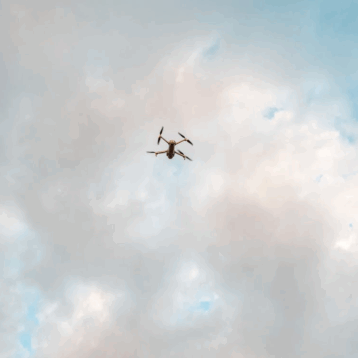Many predictions that have been incorporated in sci-fi movies or fantasy books are no longer simple forecasts. Over the last hundred years, humanity has achieved incredible technological progress. There is no doubt that science fiction that generates new ideas has also played its role.
Representatives of the old generation could not even imagine that the world would ever be managed by artificial intelligence. And here, “the old generation” does not mean pre-civilization people. Many current technologies couldn’t be generated by human imagination even 50 years ago.
Nowadays, we employ the results of technological advancement in our daily lives. Voice message, educational platform, paper writer reviews, video calls – all these are examples of our routine. But have you ever wondered how the idea of these technologies originated? Let’s discuss the topic and indicate those predictions that became a reality.
Uncrewed Vehicles
Uncrewed cars have established themselves in science fiction books from the very moment of the appearance of this genre. Self-driving cars are now developed by both large technology companies and traditional car giants.
This kind of vehicle is still tested today. The supporters of the concept argue that such cars can significantly reduce road accidents. According to the Gartner report, the number of autonomous vehicles on the roads will reach 745 thousand by 2023. Moreover, there already exist eight uncrewed taxi services, operating mainly in the USA, China, and Russia.
Smart Houses
In the view of people trying to imagine a smart house, it should be a closed ecosystem with a high level of robotization. The most famous example of such prediction was that by Ray Bradbury. He created a house able to undergo a nuclear war and serve the needs of its inexistent residents.
A smart home for us is no longer a fantasy. Modern technologies allow the house to perform many functions. Among them are monitoring the temperature, controlling electricity consumption, ensuring safety, and responding to voice commands.
The following tools will assist in the process of managing the work of smart houses.
- Mobile applications. Nowadays, you can control many home appliances from a distance using only your smartphone.
- Assistant robots. The first thought that comes to mind is robot vacuum cleaners. They are already helping many people carry out their housework painlessly.
- Appliances with operational systems. Connecting household items to the Internet looks quite reasonable. Indeed, it is easier to look for new recipes on the fridge screen than flip the cookbook.
- Smart surfaces. All the surfaces inside the building can become smart too. For example, French researchers from Institut Polytechnique de Grenoble managed to design unusual wallpapers. They can prevent your Wi-Fi from being stolen and protect the environment from electromagnetic pollution.
- 3D printing. The first 3D printing technologies appeared in the 1980s. Nowadays, they can create almost everything – from donor fabrics to parts for machines.

Chipping the Human Brain
Even though our bodies are not yet equipped with such technologies, opportunities for their usage exist. At the moment, one of the most ambitious ideas belongs to Elon Musk’s Neuralink.
The company has already created a chip designed for implantation in the brain. Moreover, it has developed a robot that will implant the chip and an application for a smartphone to control the chip. Musk also predicts the emergence of a store of brain applications. The ultimate goal is to ensure the symbiosis of humans and AI.
Artificial Intelligence
There are so many predictions by science fiction writers that it is impossible to compile an exhaustive list of them.
Industrial robots have been used for several decades already. Every year, they replace factory workers, increasing the effectiveness of enterprises and depriving people of their jobs. A recent McKinsey report warns that by 2030, 400 to 800 million people worldwide could lose their jobs due to automation.
Today, AI technology penetrates almost all medical fields. Modern medicine deals with several powerful instruments. They vary from diagnostic algorithms to fine-tuned surgical robots.
Companies such as Google, Amazon, and Microsoft are already offering their AI home assistants to serve as homeworkers. The so-called Internet of Things is becoming widespread. There are whole cities where the concept of combining any device with the Internet is a part of everyday life. For example, some well-known examples of smart cities are Singapore, Barcelona, Dubai, New York, and Boston.
Holograms
Perhaps, everyone has ever watched or heard of “Star Wars,” a legendary science fiction movie. Princess Leia employed a holographic messaging system back in 1977. And in 2017, an Australian startup Euclideon presented a holographic table very similar to the one featured in the Star Wars cinematic universe.
Another example is a well-known game that was extremely popular with children and young people a few years ago. Of course, it is PokemonGo, which showed that the most ordinary smartphone could cope with holographic mechanisms.
Holograms can also be used in the system of communication. For example, in 2017, two major operators, Verizon and Korea Telecom, managed to make the first international holographic call using 5G technology.
Bionic Limbs
Nowadays, electronic devices can replace lost organs and limbs by interacting with nerve cells. They are made from artificial materials, and humans can manage them with their nervous systems. Bionic limbs are currently the most progressive type of prosthesis used in medicine.
Apart from creating prostheses and implants, biotech companies are experimenting with 3D printing organs. And the strategy is more than successful. They have already managed to print cardiac and vascular tissues from adult stem cells.

Final Words
The world we live in proves that nothing is impossible. Humanity undergoes a constant process of evolution. Technological advancement is one of its integral parts.
Nowadays, any unimaginable idea is likely to be implemented in a few years. So, it is more difficult for us to make any far-reaching predictions than it was for our ancestors. Yet, it is always interesting to draw parallels and realize which forecasts became a reality.
What fantasies of modern people do you think might come true in 50 or even 100 years?










